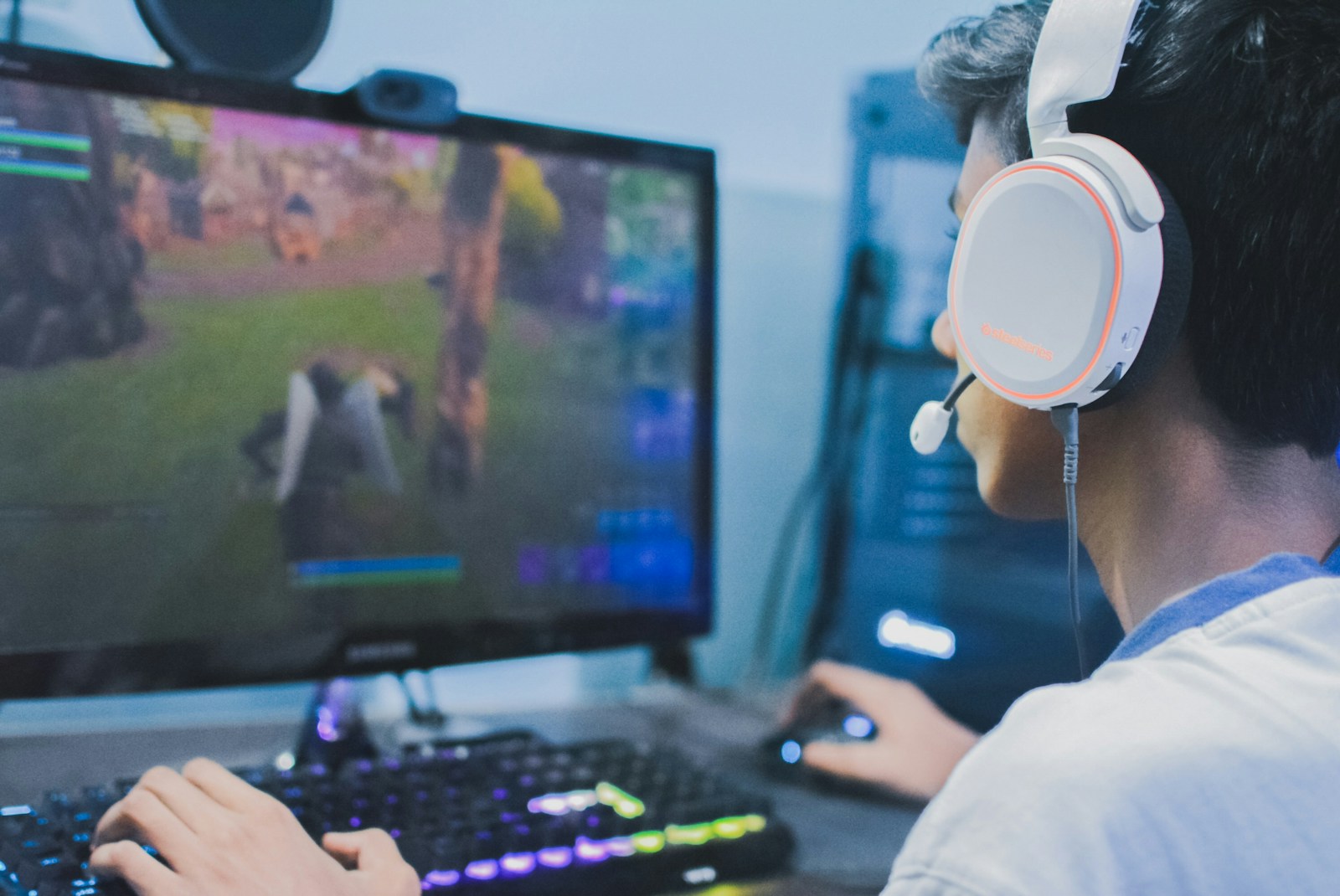Introduction
In this guide, we will explore the exciting world of building a budget gaming PC. Gaming has become more accessible than ever, and with the right components and know-how, you can create a powerful gaming rig without breaking the bank. Whether you’re a seasoned gamer looking to upgrade or a newcomer eager to dive into the world of PC gaming, this guide will provide you with everything you need to know to build your own budget-friendly gaming PC.
Learn how to build a budget gaming PC from scratch with this comprehensive guide. Discover the essential components, tips for optimization, and more!
Understanding Budget Gaming PCs

What is a Budget Gaming PC?
A budget gaming PC is a computer built specifically for gaming that prioritizes affordability without sacrificing performance. These PCs are designed to deliver a smooth gaming experience at an accessible price point.
Why Build a Budget Gaming PC?
Building a budget gaming PC allows you to customize your gaming experience while saving money compared to purchasing a pre-built system. It also provides a sense of accomplishment and the opportunity to learn about computer hardware.
Planning Your Build
Setting a Budget
Before diving into the build process, it’s essential to establish a budget that outlines how much you’re willing to spend on your gaming PC. This will help you make informed decisions when selecting components.
Researching Components

Take the time to research and compare different components, including the processor (CPU), graphics card (GPU), motherboard, memory (RAM), storage, and power supply unit (PSU). Look for components that offer the best performance for your budget.
Choosing Components
Processor (CPU)

The CPU is the brain of your gaming PC, handling tasks such as game physics and AI. Look for a budget-friendly CPU with good single-core performance, such as AMD’s Ryzen 3 series or Intel’s Core i3 series.
Graphics Card (GPU)

The GPU is responsible for rendering graphics in games. Opt for a budget GPU with enough power to handle your favorite games at your desired settings. Consider options like the NVIDIA GeForce GTX 1650 or AMD Radeon RX 5500 XT.
Motherboard

Choose a motherboard that is compatible with your selected CPU and offers features such as adequate expansion slots, USB ports, and support for overclocking if desired.
Memory (RAM)

For gaming, aim for at least 8GB of RAM, preferably in dual-channel configuration for better performance. Look for reputable brands like Corsair, G.SKILL, or Kingston.
Storage

Consider a combination of solid-state drive (SSD) for fast boot times and game loading, paired with a larger hard disk drive (HDD) for additional storage capacity at a lower cost per gigabyte.
Power Supply Unit (PSU)
Select a reliable power supply unit with enough wattage to support your components, with room for future upgrades. Brands like EVGA, Corsair, and Seasonic are known for their quality PSUs.
Building Your PC
Preparing the Workspace
Set up a clean, well-lit workspace with ample room to assemble your PC components. Gather all necessary tools and anti-static precautions to prevent damage to your hardware.
Installing the Motherboard
Begin by installing the CPU, RAM, and CPU cooler onto the motherboard outside of the case. Then, carefully place the motherboard into the case and secure it in place using screws.
Installing Components
Install the graphics card, storage drives, and power supply unit into their respective slots in the case. Connect all cables according to the motherboard and component manuals, ensuring a secure and tidy setup.
Cable Management
Take the time to route and organize cables neatly to improve airflow and aesthetics inside your PC case. Use cable ties or Velcro straps to secure cables and prevent tangling.
Installing Software and Drivers
Operating System Installation
Install your chosen operating system, such as Windows 10 or Linux, onto your newly built gaming PC. Follow the on-screen instructions to complete the installation process.
Driver Installation
Download and install the latest drivers for your motherboard, graphics card, and other components from the manufacturers’ websites to ensure optimal performance and compatibility.
Testing and Optimization
Benchmarking
Run benchmarking software to test the performance of your gaming PC and ensure that all components are functioning correctly. Make note of any areas for improvement or optimization.
Overclocking (Optional)
If you’re comfortable with advanced tweaking, consider overclocking your CPU and GPU to squeeze out extra performance. However, proceed with caution and ensure proper cooling and stability.
Read more:
You’ve successfully built your own budget gaming PC from scratch. By following this guide and carefully selecting components, you can enjoy immersive gaming experiences without breaking the bank. Remember to stay informed about new hardware releases and upgrades to keep your gaming PC up to date.

Discover a world of inspiration and creativity with facex. From art and design to technology and lifestyle, our platform features diverse content to empower and uplift. Join our community and explore a new perspective today









Add comment